* In June 2022 new construction law legalised the use of uncertified construction materials in simple, small-scale buildings.
Cover photo: Aljaž Plankl / Krater
Team
Krater
Mentors
Atelier LUMA – Daniel Bell and Marie Vernay
BC Materials – Jasper Van der Linden
Website
Instagram
Team Members
Rok Oblak
Gaja Mežnarić Osole
Altan Jurca Avci
Andrej Koruza
Sebastjan Kovač
Primož Turnšek
Anamari Hrup
Eva Jera Hanžek
Gaja Pegan Nahtigal
1
1
Researching materials at Krater
Krater
4:10
A short insight into the research stage at Krater, a temporary production site that emerged from an abandoned, crater-like construction site near the city centre of Ljubljana.
4–6
Prototyping: Legal toxicity, prohibited nature
Rammed earth cube: wild clay, gravel. Cob cube: wild clay, sand, Canadian goldenrod. Krater, March 2022 – ongoing
Photo: Lin Gerkman
7–11
Building with Rammed Earth International Workshop
With Atelier LUMA and BC Materials, June 2022
Photo: Lin Gerkman, Amadeja Smrekar
12–13
Objects – Why can’t we design with mushrooms and wild clay?
Rok Oblak and Primož Turnšek Krater cup: wild clay; Capsule: mycelium; Krater; Pests, instead of local resources, Andrej Koruza; Wild herbs tea: Japanese knotweed rhizomes; Burek platter: Black locust wood; Seating pad: Canadian goldenrod, Japanese knotweed
Photo: Klemen Ilovar / MAO
14–16
Public Programme
Pop-Up Shop at Plečnik’s Kiosk and Building with Rammed Earth Children’s Workshop
Photo: Rok Oblak, Lin Gerkman / MAO
17
Building of the rammed earth tea pavillion
Concept: Gaja Mežnarić Osole, Rok Oblak
Design and pavilion build: Rok Oblak, Andrej Koruza, Altan Jurca Avci, Jasper van der Linden, Daniel Bell, Aline Dalgleish
Texts: Gaja Mežnarić Osole
Project assistants: Gaja Pegan Nahtigal, Sebastjan Kovač
Photo: Amadeja Smrekar
Team: Robida.plus
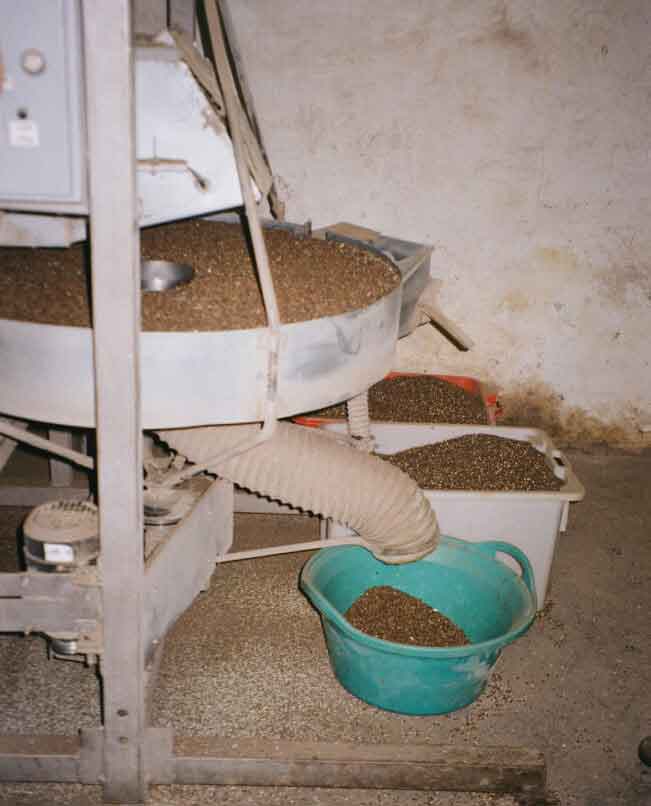
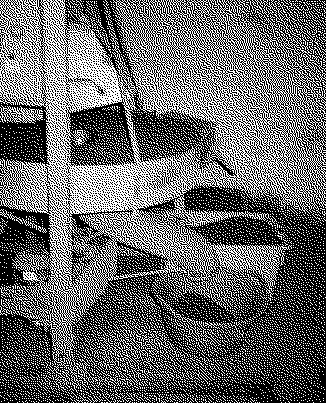
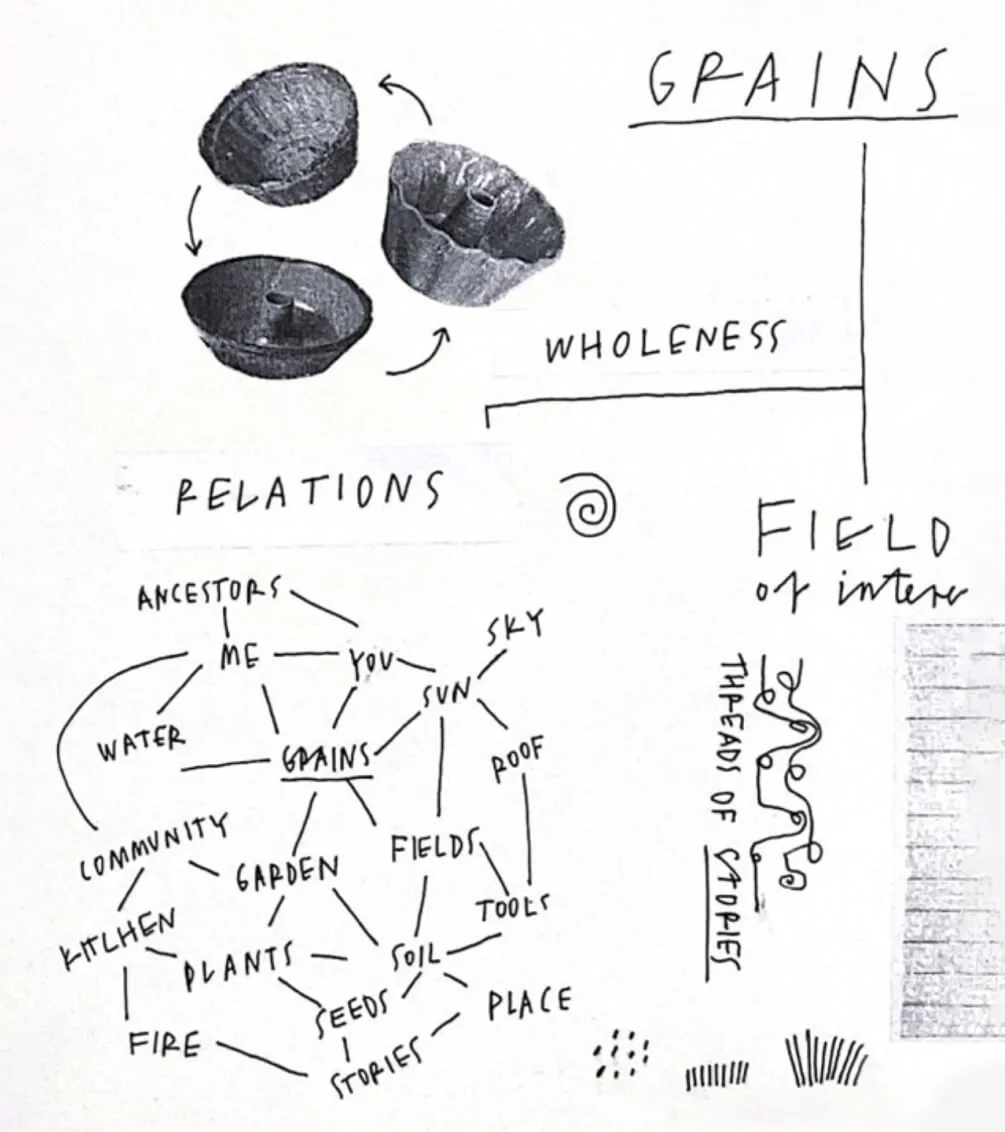
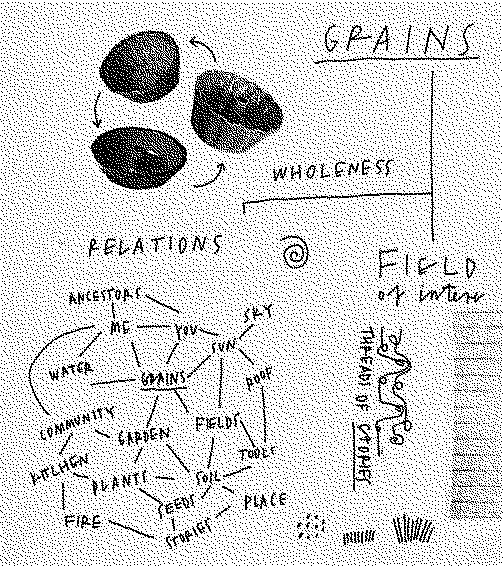
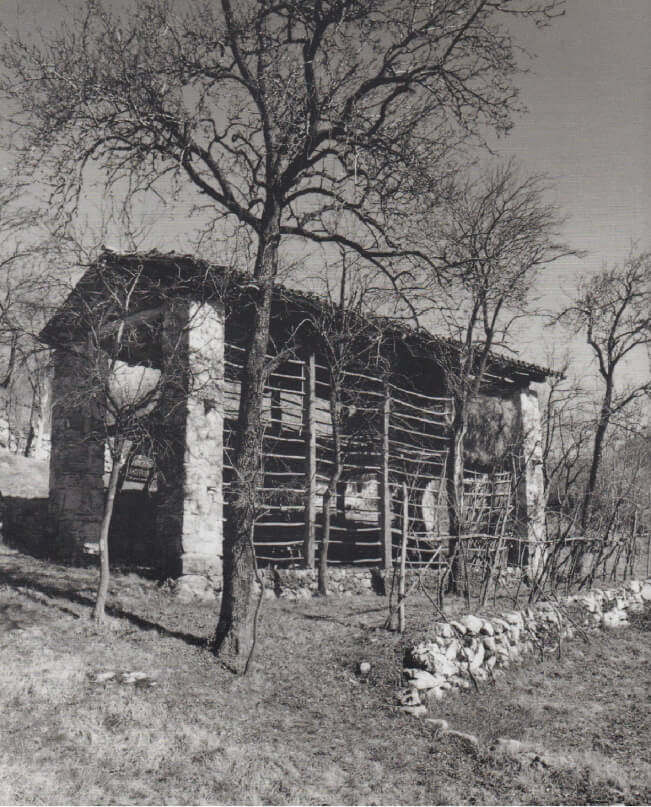
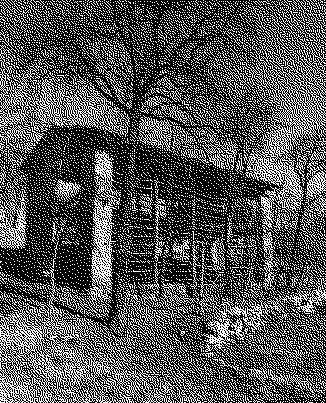
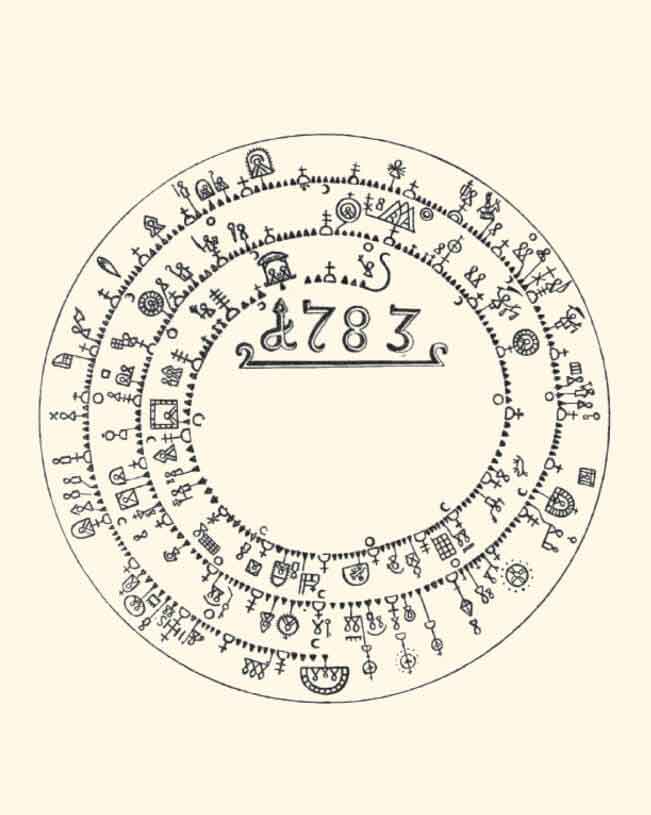
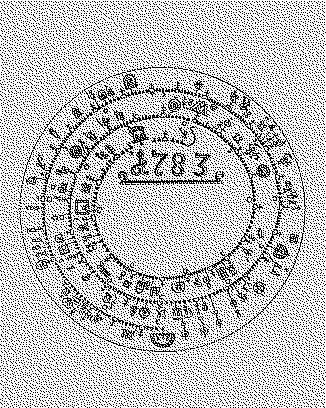
Delving into the ‘world of grains’, team Robida.plus based in the remote Alpine village Topolò is drawing on Slovenia’s rich cultural, agricultural and culinary heritage to redesign the Slovenian tradition of buckwheat use.
Team: Garnitura
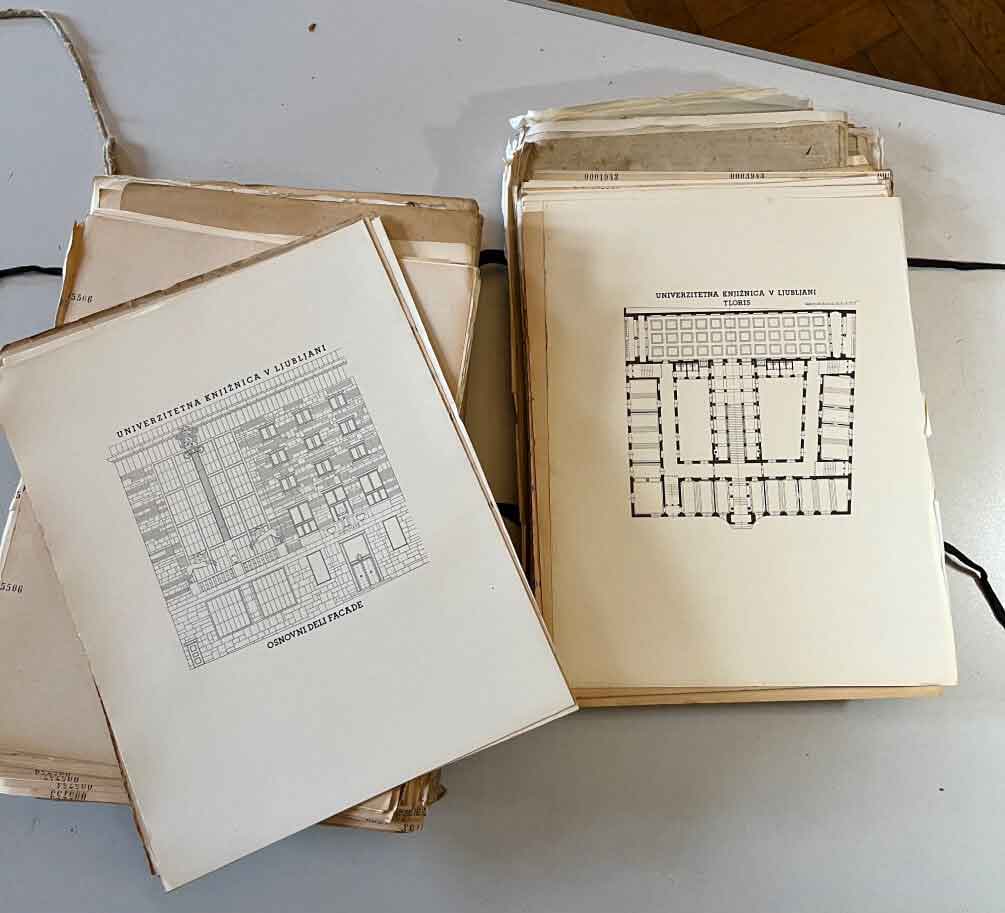
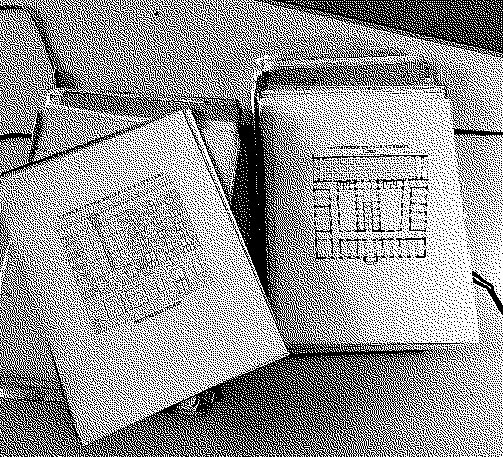
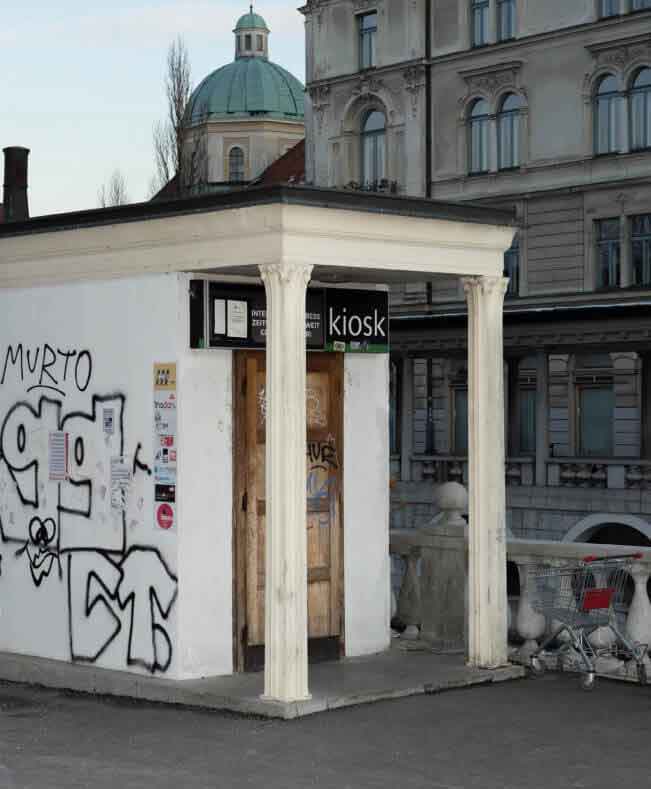
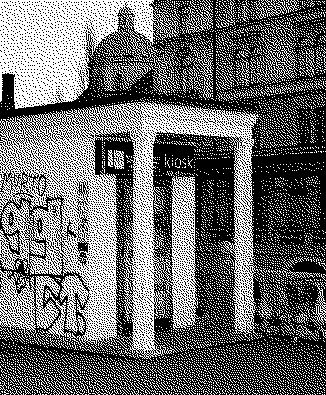
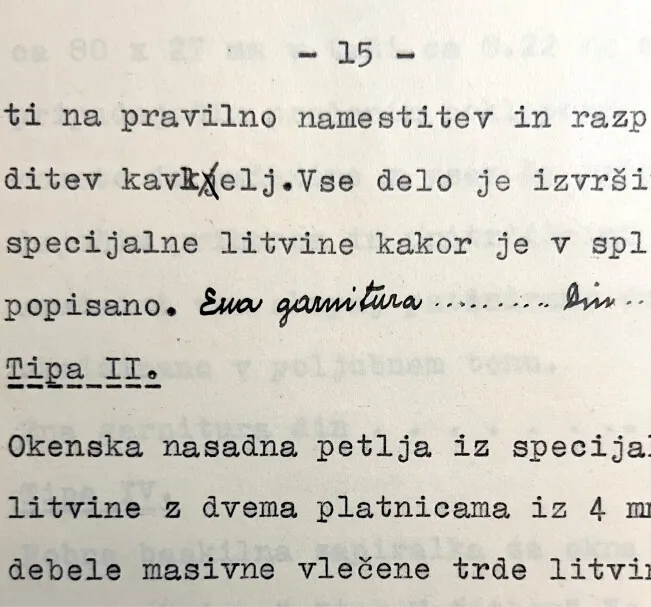
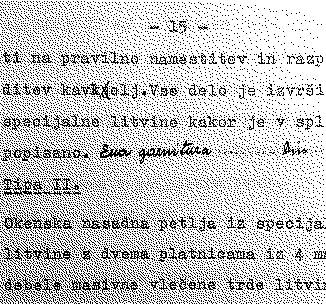
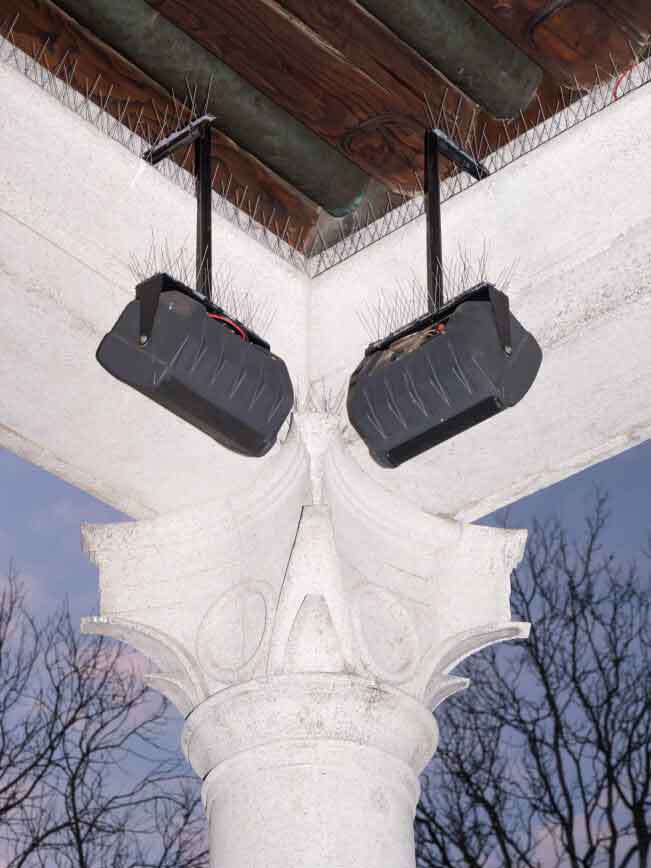
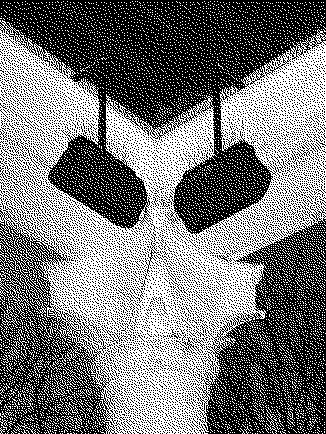
Garnitura explores new ways to communicate the architectural legacy of the renowned Slovenian architect Jože Plečnik to new audiences by drawing on the architect’s profoundly human vision for the city of Ljubljana.
Team: Pjorkkala
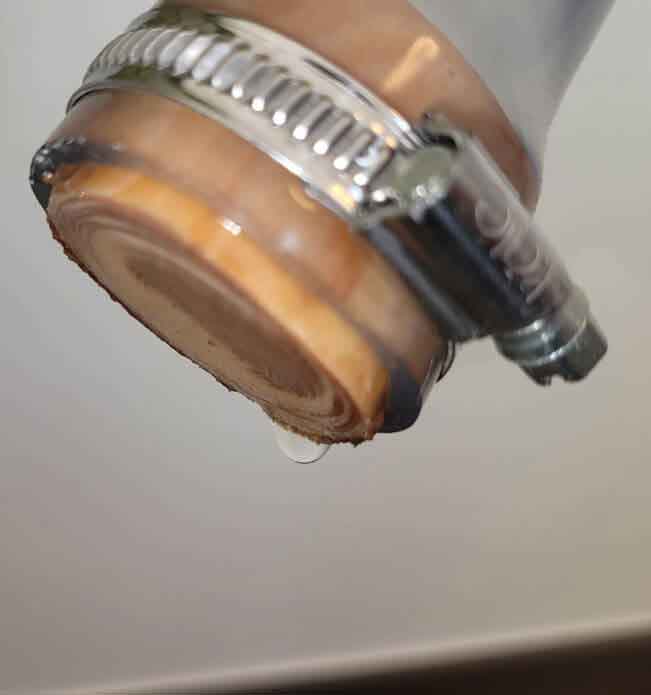
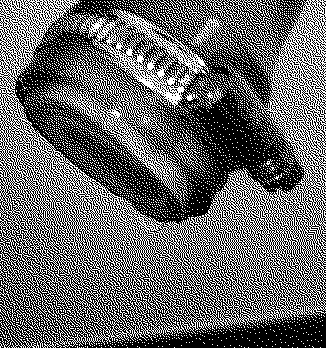

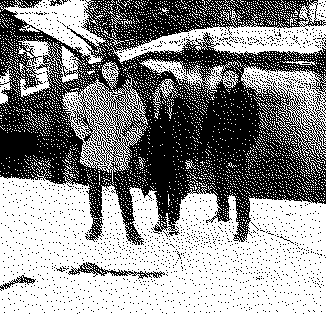
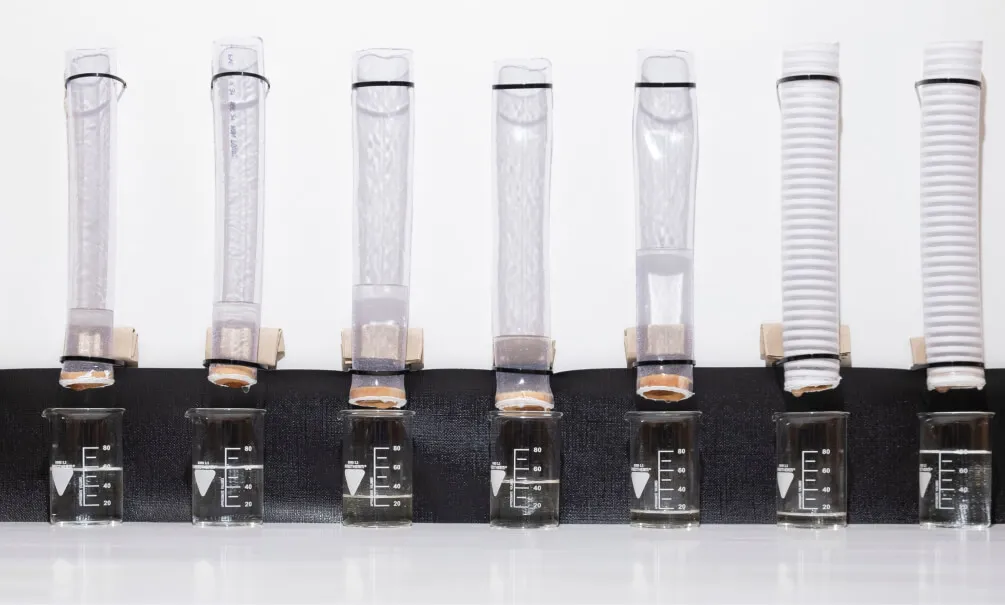
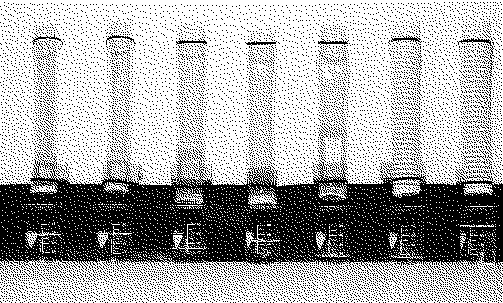

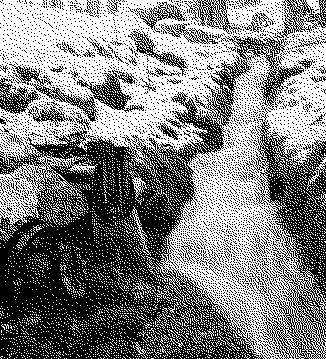
Pjorkkala is addressing the problem of pollution in natural water sources in Slovenia by creating prototypes for local, nature-based solutions.
Team: Futuring
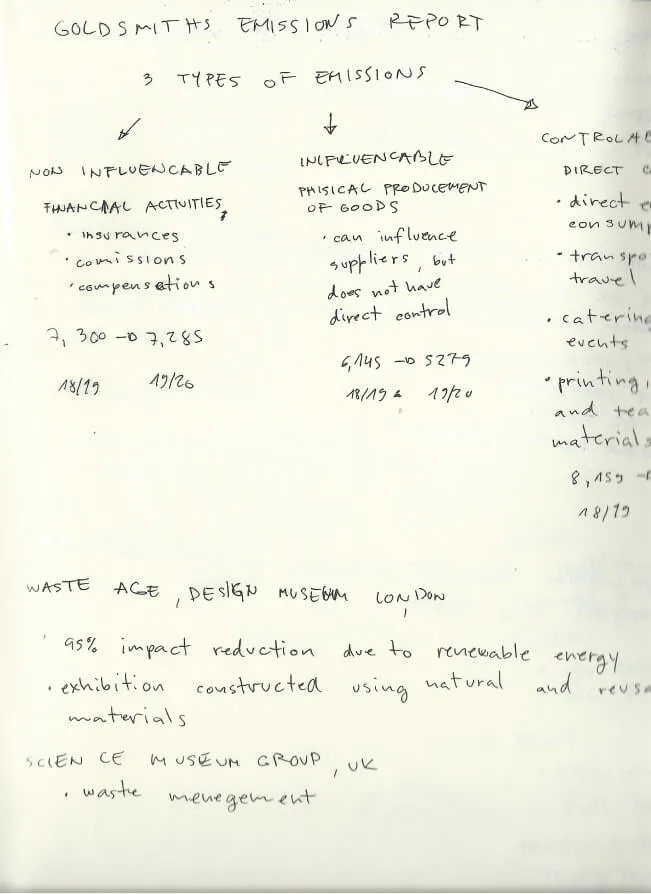
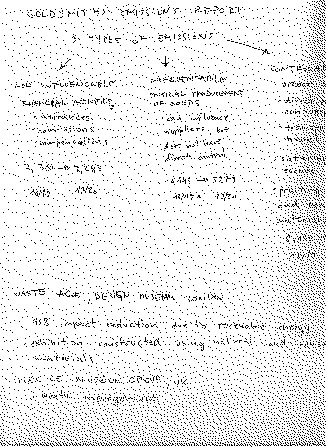

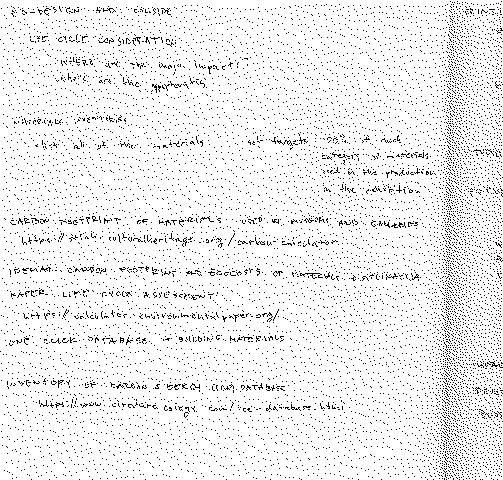
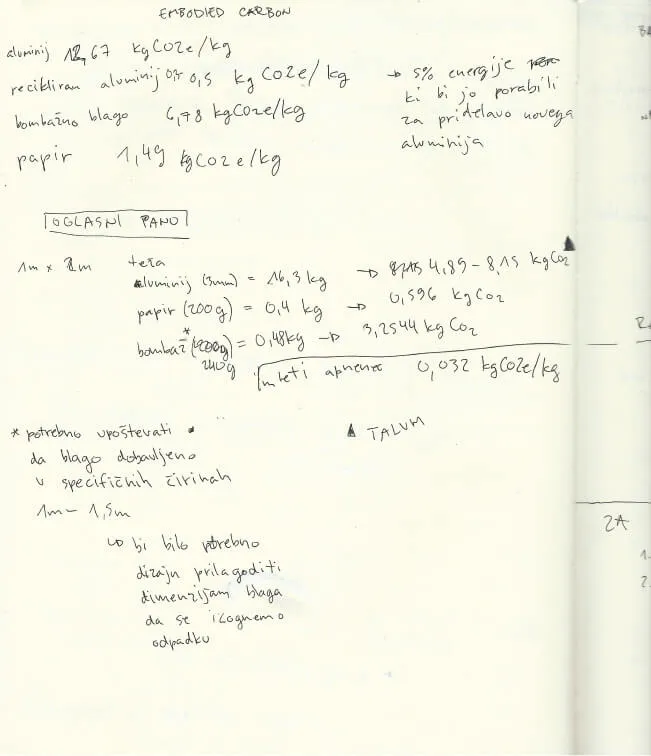
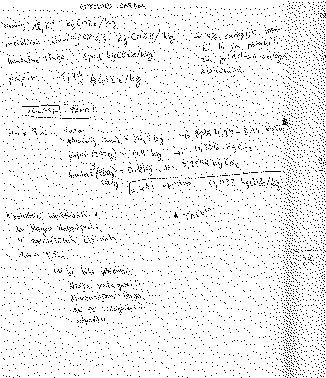
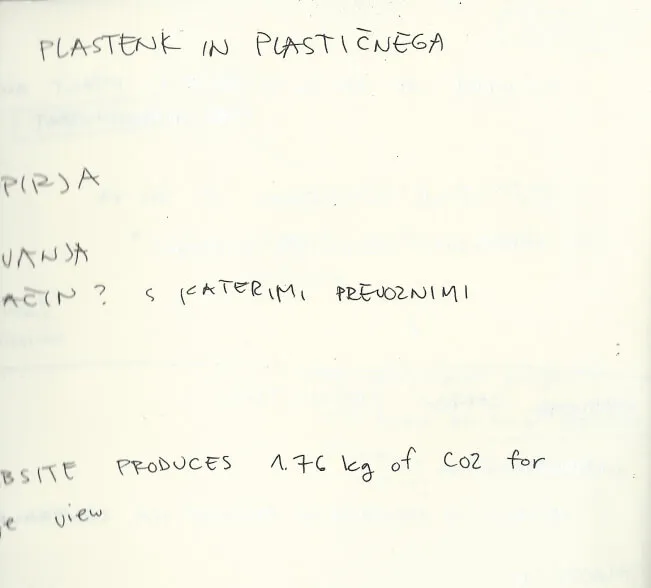
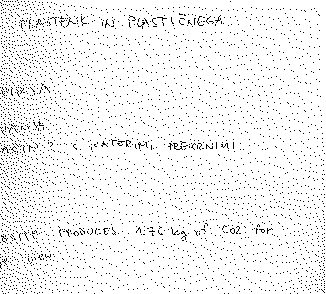
Futuring utilises the biennial to interrogate its future; to observe, source, and examine the existing sustainable practices in cultural production. The outcome will be an open-source toolkit to enable cultural institutions and designers to reduce their work’s environmental impact.